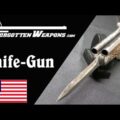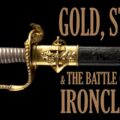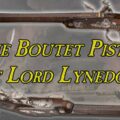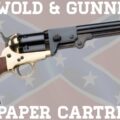Sold for $1,955.
Jeff Cooper was an icon of the American firearms community, best known for his work with the Southwest Pistol League and father of modern practical handgun competition. Cooper was a Marine Corps veteran and avid hunter in addition, and in the mid 1980s he began to codify a concept he would call the Scout Rifle.
This was intended to be a rifle weighing 3kg (6.6lb), no more than 1m in length, and capable of ethically taking game up to 200kg out to 400m. The concept called for a rifle that was rugged, versatile, fast, and accurate. In addition to game, it was to be capable of being used in self-defense against multiple humans, as might be required by a military scout operating alone. The sighting system had to be both fast and precise, and rapid reloading was a necessity.
This led to a variety of incarnations, with guns built on lightweight commercial actions as well as military surplus actions. In the early 90s, though, Cooper began working with Steyr Mannlicher to develop the best realization of the concept that could be done from the ground up.
They began with the Steyr SBS action, which allowed an aluminum receiver, and a newly designed polymer stock. The stock included a folding bipod in the handguard and storage for a spare loaded magazine in the back. removable spacers allowed a shooter to adjust the length of pull, and a lightweight barrel kept the weight down to just 3.2kg (7lb). The primary caliber offered was the .308 Winchester, although versions were also made in 7mm-08 for European markets where the .308 was not allowed for civilian ownership, and later versions would also include the .376 Steyr and .243 Winchester.
One of the other iconic characteristics of the Scout Rifle was the use of a long eye relief, low-power optical sight (specifically on the Steyr rifle, a Leupold M8). Coupled with folding backup aperture sights, this type of optic allowed some magnification to extend the range at which a target could be identified but also allowed rapid snap shooting with both eyes open and did not hinder peripheral vision like a traditional scope.
The concept continues to drive some controversy today as might be expected for a rifle deliberately designed to be good at a wide range of tasks while being excellent at none of them. I think discussion largely hindered by the fact that most who make judgement of the Scout, for good or ill, are not in a position to really need the set of capabilities it provides.
Cool Forgotten Weapons merchandise! http://shop.bbtv.com/collections/forgotten-weapons
http://www.patreon.com/ForgottenWeapons
If you enjoy Forgotten Weapons, check out its sister channel, InRangeTV! http://www.youtube.com/InRangeTVShow
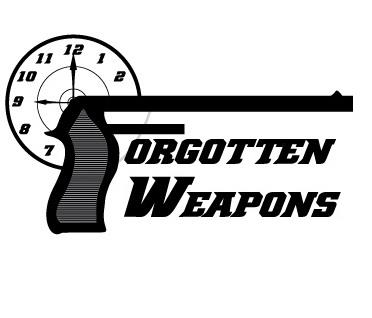
At Forgotten Weapons I think the most interesting guns out there are the most obscure ones. I try to search out experimental and prototype weapons and show you how they work, in addition to more conventional guns that you may not have heard of before. You’re much more likely to find a video on the Cei Rigotti or Webley-Fosbery here than an AR or Glock. So, do you want to learn about something new today? Then stick around!
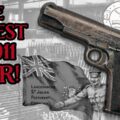
![AK74n + [RPG Scope] PGO-7v to 500yds: Practical Accuracy](https://surplused.com/wp-content/uploads/2020/08/16413-ak74n-rpg-scope-pgo-7v-to-500yds-practical-accuracy-120x120.jpg)
